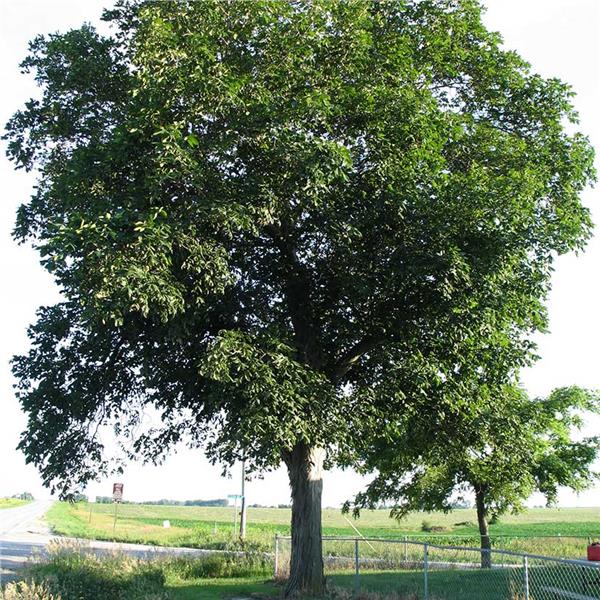Carolinian Life Zone

The Carolinian Life Zone extends northward from the Carolinas, up between the MIssissippi River and the Appalachian Mountains, to its northernmost point in Southwestern Ontario.
in Ontario, the Carolinian Life Zone stretches south of an imaginary line drawn between the southern end of Lake Huron and the north shore of Lake Ontario, in the Toronto area. This area is very small and encompasses less than 0.25% of our country’s total land area.
The Carolinian Life Zone supports a tremendous diversity of life, including over 70 species of trees, 27 different species of reptiles and more than 20 unique species of amphibians. The variety of wildlife makes this location of a Canadian hot spot, with more rare species of plants and animals than any other region in Canada.
The tree is a shellbark hickory, a fine example of a tree of the Carolinian Life Zone. It is a slow-growing, long-lived tree, hard to transplant because of its long taproot, and subject to insect damage. The nuts, largest of all hickory nuts, are sweet and edible. Wildlife and people harvest most of them; those remaining produce seedling trees readily. The wood is hard, heavy, strong, and very flexible, making it a favoured wood for tool handles.
